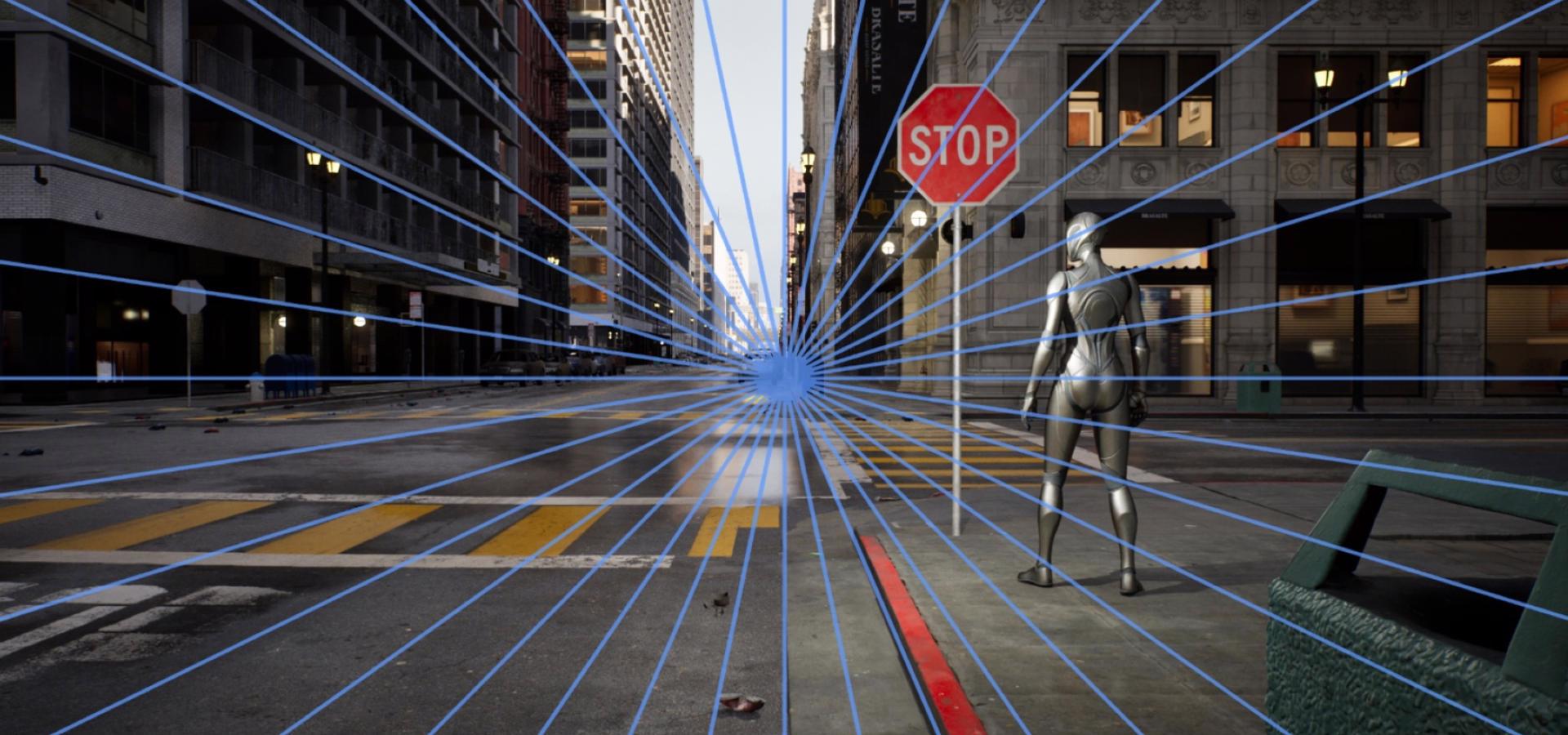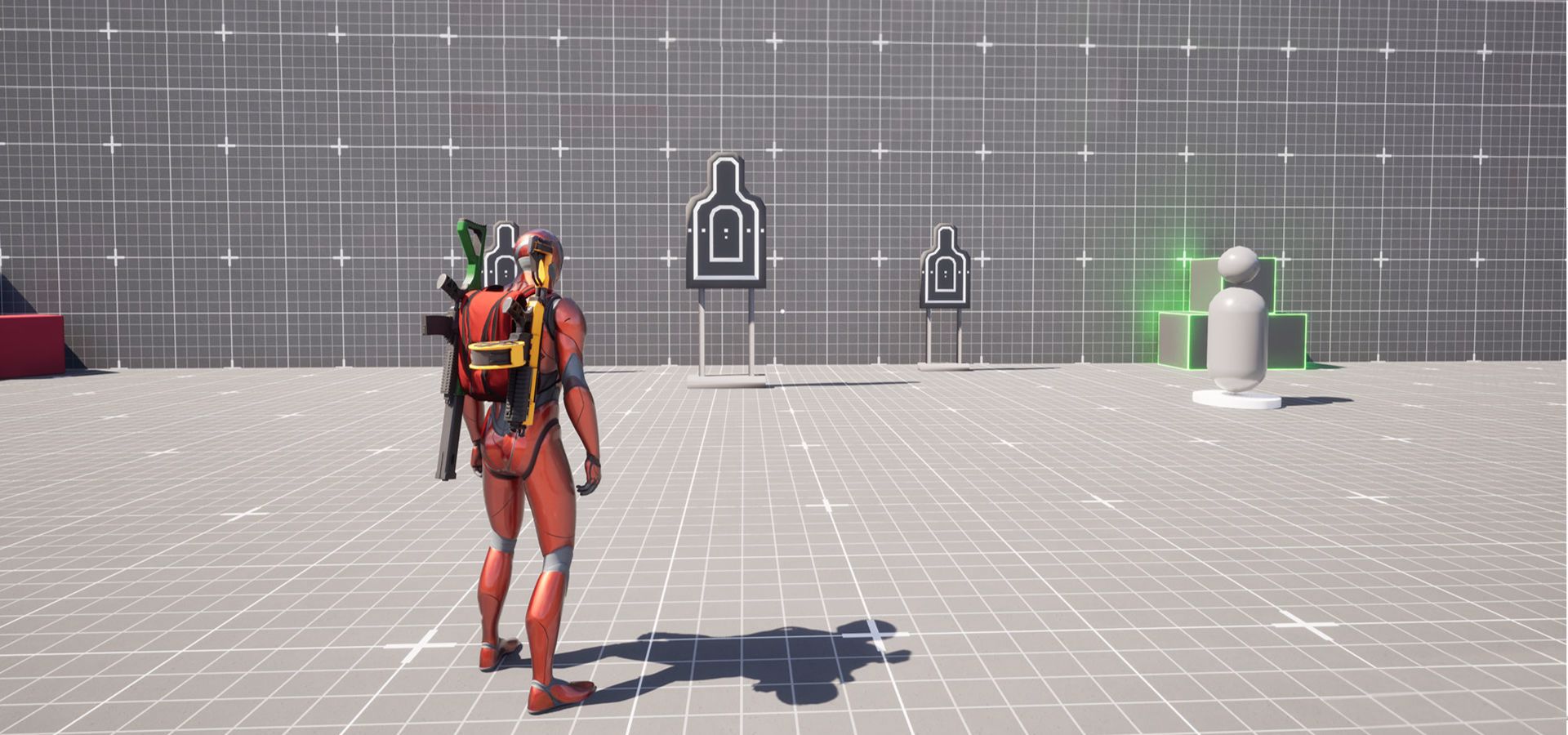Project Grot is an in-house tech demo from SideFX (the creators of Houdini 3D software), unveiled in May 2024, to showcase the versatility and creativity that procedural generation can bring to game development.
Along with the demo, SideFX has started releasing tutorials that explain how the Houdini tools used in the project's pipeline were created and later applied by layout artists in Unreal Engine. These tutorials offer valuable insights into how Houdini and Unreal Engine work together, and are accompanied by project files containing the resulting tools created by following the outlined steps.
SideFX's Project Grot centers around an ancient volcanic cave scene, illuminated by the fiery glow of molten lava. Developed by a small team in just two months, the project combines world-building and real-time FX workflows. Due to the tight deadline and small team of five artists, the Houdini tools were designed to enable fast iteration, making it easier to experiment with and refine environments efficiently.
Two tutorials have already been released to the public by Julian Bragagna, one of the artists who built the toolset for the tech demo and is responsible for creating these tools: Procedural Ruins and Procedural Flesh.
The Procedural Ruins tutorial explains how to recreate the alien-like ruins featured in the project. It teaches how to build a procedural tool that transforms a rough blockout into a detailed, high-poly mesh. The Procedural Flesh tutorial focuses on creating procedural flesh tools that blend organic, fleshy structures into scenes, adding a disturbing layer of detail to environments.
These resources are available for free, and the project files include .hip and .hda files, which can be imported and edited in Digital Content Creation (DCC) applications that support Houdini, such as Unreal Engine.
For more information and to access the tutorials and files, visit SideFX's Project Grot page.




